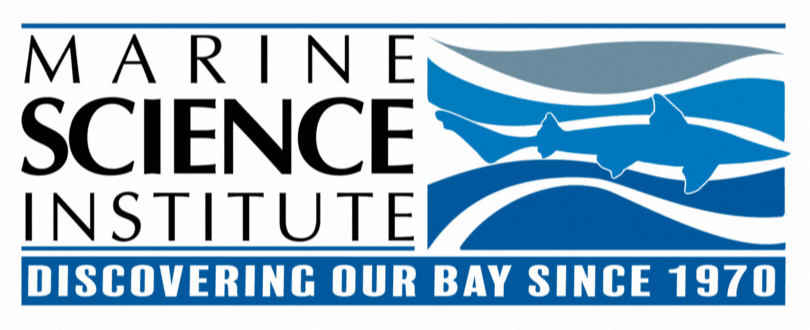Marine Science in the News: plastic marine debris STINKS
- Alex Lee, Camp Manager

- Nov 14, 2016
- 2 min read
A recent study out of University of California, Davis examined one of the largest groups of animals largely affected by plastics: seabirds. The research team examined ocean-faring birds and why they confuse marine plastic with food. Turns out, the answer is an olfactory trap!

Figure 1. Petrels are severely affected by plastic consumption. They have a strong sense of smell used for hunting. Photo: JJ Harrison
Plastic marine debris emits a sulfurous compound scent that some seabirds have relied on for thousands of years to tell them where to find food. Plastics in the ocean become coated with algae which releases a chemical cue called dimethyl sulfide, or DMS. This chemical cue is released when the algae is eaten by animals like krill, which seabirds commonly eat. Interestingly the algae doesn’t smell like food but it actually smells like food being eaten, which triggers the seabirds into tracking the scent and eating the plastic.

Figure 2. A marbled godwit explores the wrackline for food. While foraging for insects, crustaceans and parts of aquatic plants, these shore birds often ingest small pieces of plastic. Photo: Ingrid Taylar.
Marine debris is a growing issue for our oceans and coastlines. Beach cleanups, reducing plastic waste, and the development of biodegradable plastics are just a few ways in which humans are trying to alleviate the plastic problem. Chemically synthesized plastics first came about in the mid-1800s and these man-made products never fully biodegrade. All of the plastic that has ever existed on Earth is still here!

Figure 3. Stomach content remains of a Laysan Albatross chick. Note the bottle cap, lighter and other plastic pieces.
Photo: Forest & Kim Starr
At Marine Science Institute we encourage students and the public to be aware of marine habitats, which includes how we can help take care of them. MSI informs people about the sources of trash and how it ends up in the waterways and ocean, teaches students different ways to reduce the amount of trash we produce, and leads programs on beach-cleanups and other stewardship projects.
To read a summary of this recent study on seabirds and plastics, visit Why do seabirds eat plastic? Or if you would like to read the scientific journal in its entirety, you can access it via the link below:
Journal reference:
M.S. Savoca, M.E. Wohlfeil, S.E. Ebeler, G.A. Nevitt. Marine plastic debris emits a keystone infochemical for olfactory foraging seabirds. Science Advances, 2016; 2(11): e1600395 DOI: 10.1126/sciadv.1600395.







Comments